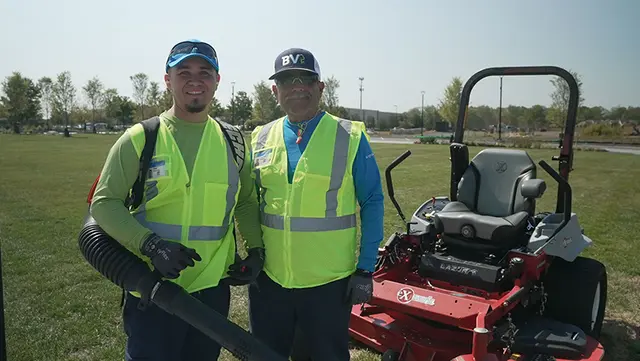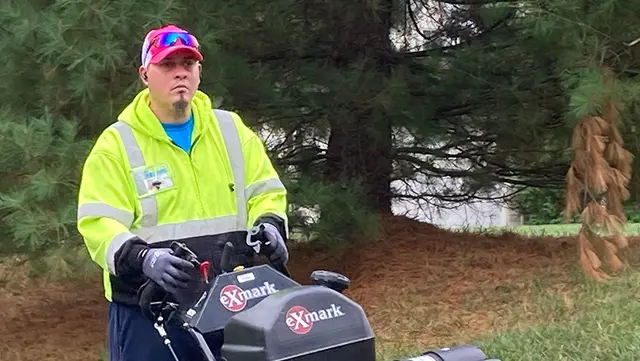Why Should I Take a Soil Sample of My Yard? - Ask BrightView
Ask BrightView: Episode 21
It's important to know the makeup of your soil and taking a sample will help determine its texture, pH level, and nutrient management package. BrightView Branch Manager Chris John explains how you should collect a soil sample and where to send it to receive your results.
(For the full transcript, see below.)
Your Questions, Answered
We take your burning questions and give you the best advice, tips, steps, and more for your landscape needs in our Ask BrightView series.
Have you seen the latest episode yet?
Video Transcription
Why should I take a soil sample of my yard?
CHRISTOPHER JOHN, expert:
Hi, I'm Chris, Branch Manager, and we're here to talk about soil sampling and why that's important for determining your soil content.
Importance
Soil sampling is important to determine soil texture, its pH level, and the soil nutrient management package in order to grow the proper trees, shrubs, and turf.
Equipment
In order to do a soil sample, it's important to have the proper tools. You'll want to have gloves to protect your hands, a soil knife or soil probe, and a clean bucket to gather up the soil.
Steps
Step one in collecting a soil sample is to determine where you would like to take the sample to gather a general understanding of your soil profile. Step two is to determine the location of the tree, shrub, or turf area that you would want to sample. For trees and shrubs, you'll want to sample 4- to 6-inches deep and for turf areas, you'll want to sample 4-inches deep. Step three in the process is to mix all of your soil samples into a bucket so that you can get a general understanding of the soil profile. You'll want to remember to remove any organic matter, such as sticks or leaves, from the bucket. Step four will be to take one cup or a handful of soil and put it into a plastic bag. Be sure to label the bag with your name, date, and crop that you're determining the soil management program for and send it off to your local Extension Office. You will typically here back in two to three weeks.
Once you receive the results, you'll be able to determine lime requirements for addressing any pH issues, as well as a fertility management program, which will help you successfully grow trees, shrubs, or your lawn.



